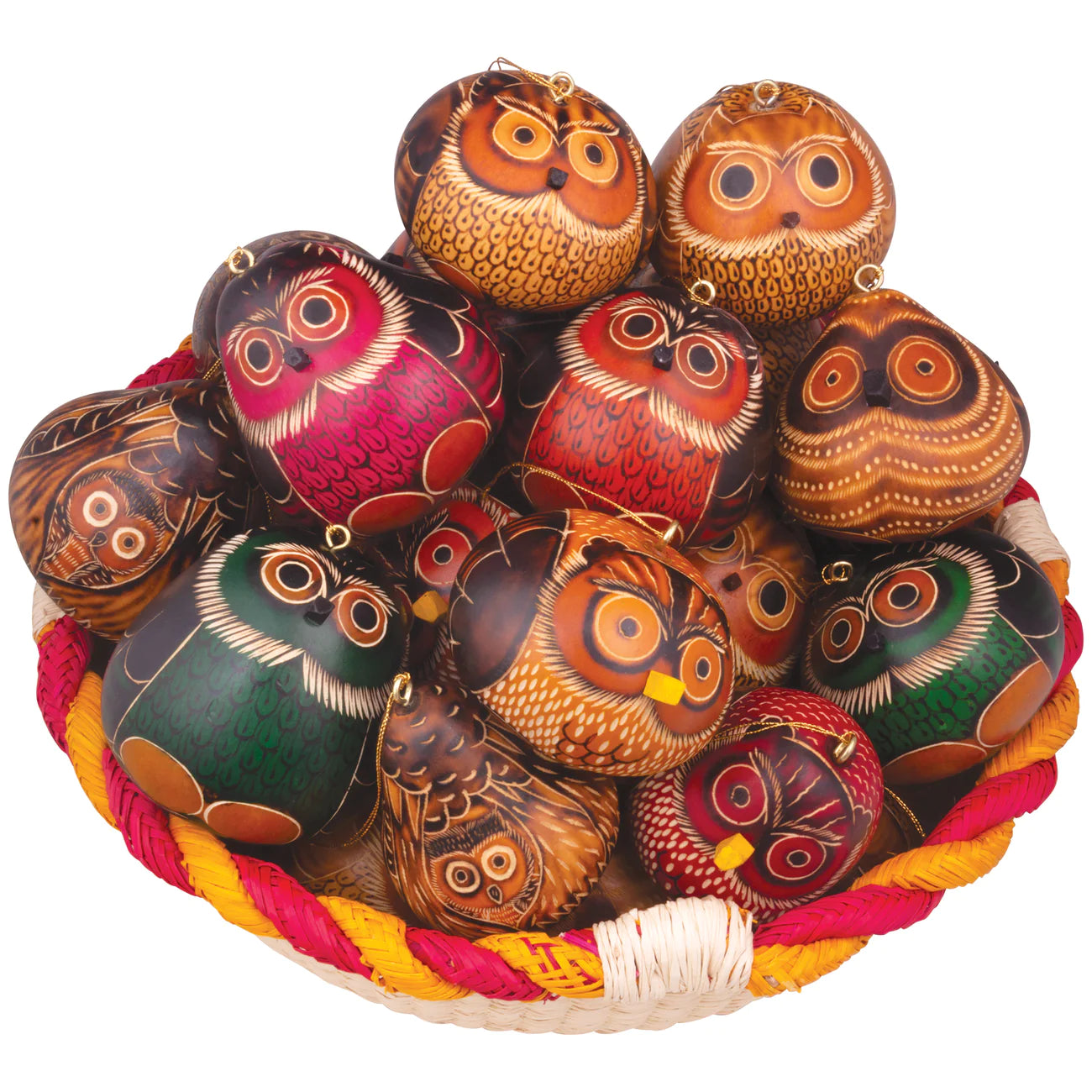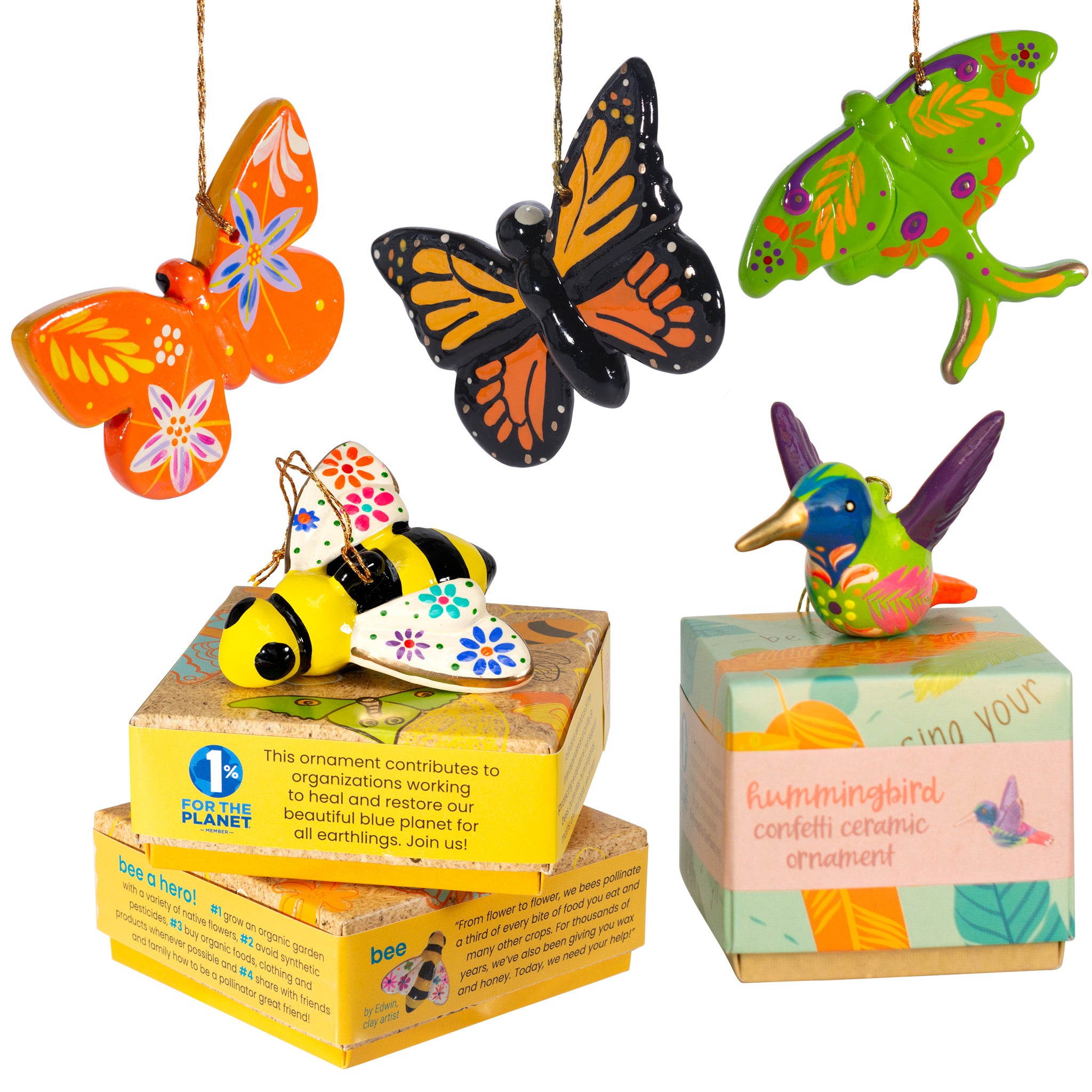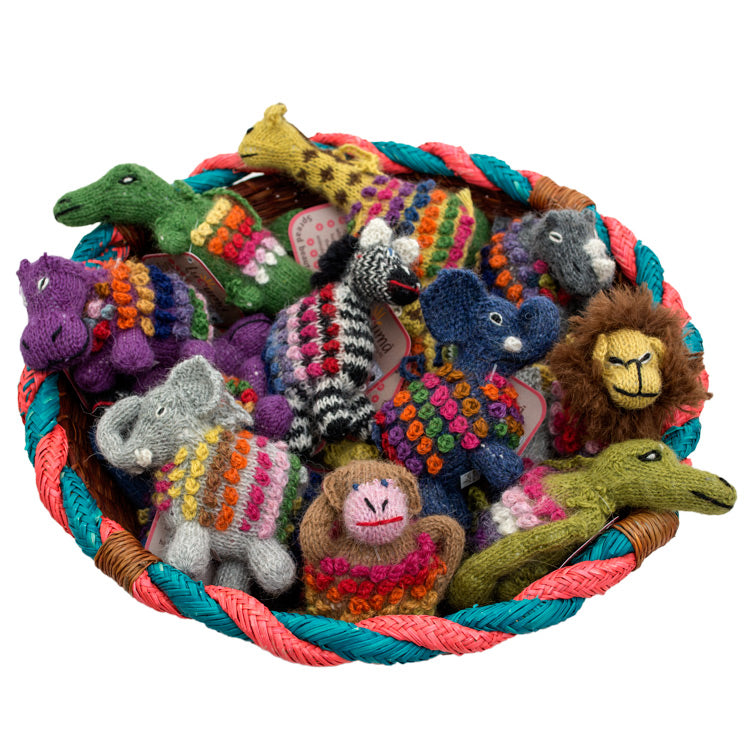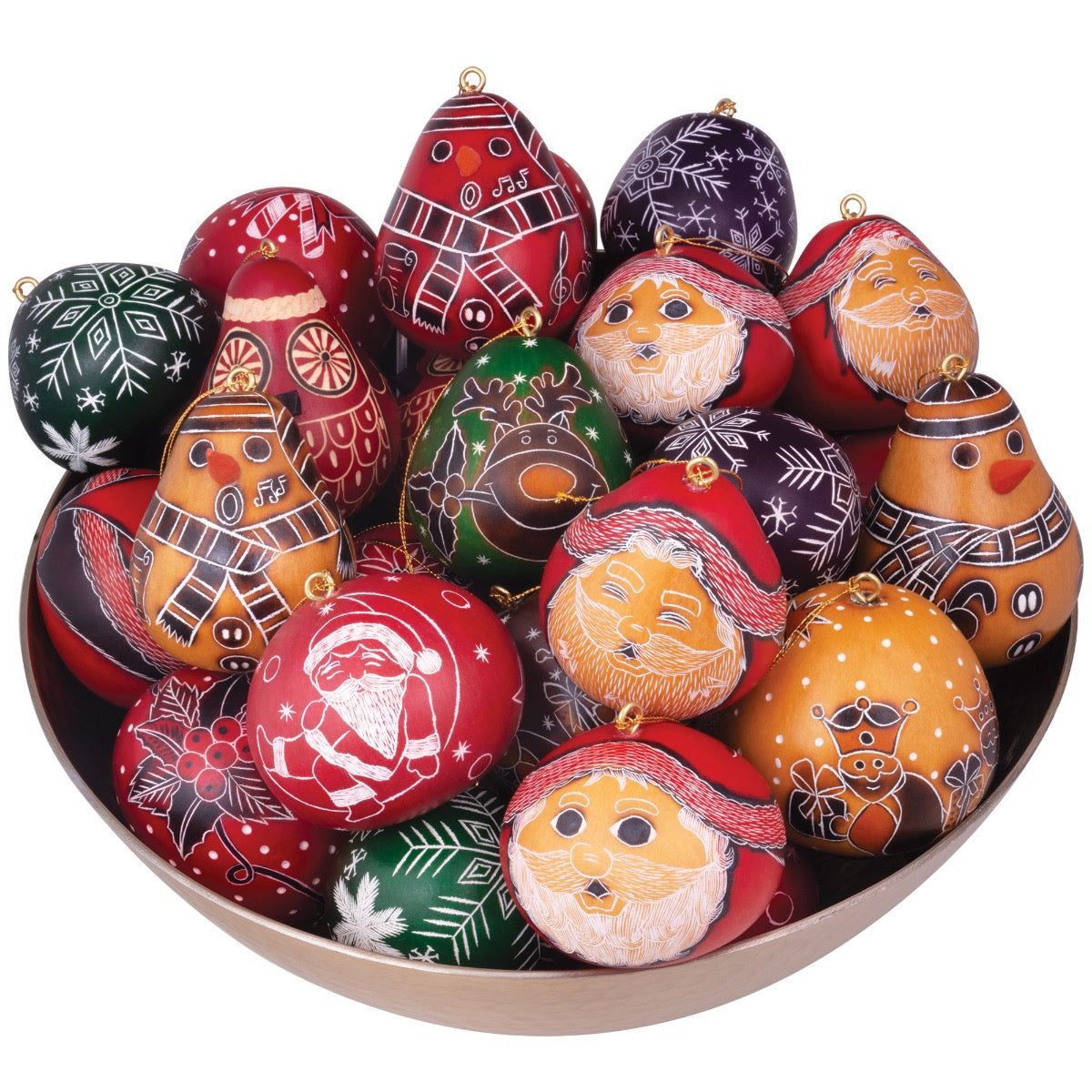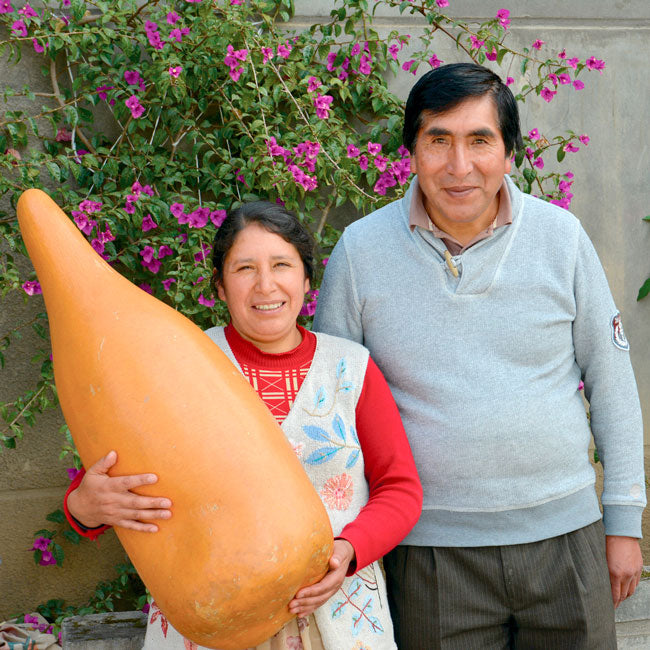Ester de la Cruz Sarmiento: An Arpillera Quilter Empowered by Fair Trade
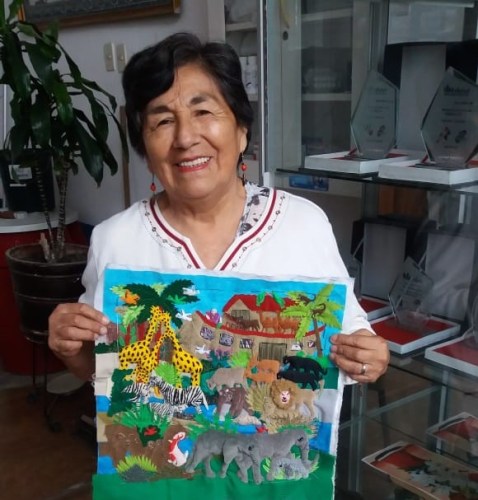
“I have always enjoyed doing things with my hands, so my older sister signed me to an arpillera class, and I liked it a lot. I learned how to create a market scene, landscapes, fruits, little people and enjoyed doing all the little details.”
Around 1984, Ester heard about an opportunity to work making arpilleras and joined a workshop of 100 women artists. “I already had my children and I wanted to have them by my side. In that workshop I was able take my kids with me and felt very comfortable.”
First she learned how to make simple designs and follow patterns. Then, her passion and curiosity drove her to create more complex designs. “We were always one step ahead, unlike other workshops we obtained a portfolio of clients and we forced ourselves to be more and more creative.”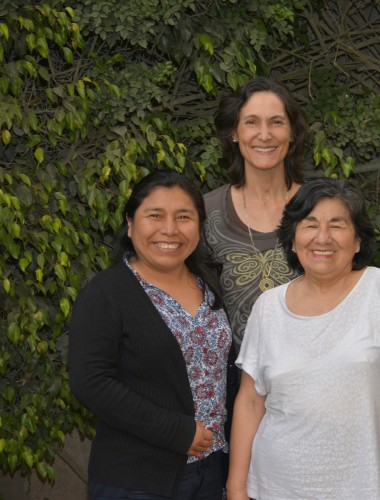
Growing up, Ester’s family was united by spirituality and their love for each other. However, she was aware that her father favored her brothers. She often was pushed into the kitchen with the rest of the women, while her brothers were able to play outside. Like many men in Peru, her father was raised in the same “machista” way.
Because of that experience, Ester made sure to educate and treat her five children equally, to give them all the same attention and care. In that process she managed to re-educate her husband too about gender equality.
In 2004, Ester joined a small collective of around 20 arpillera artists and started working with Lucuma Designs. As part of this tight group, she values the connections she has made thanks to her art. “Sharing so many work hours, working together year after year has made us a family.”
Ester is happy that things are getting a little better for women in Peru. “Women are now working to get ahead, they study, work day and night and they don’t just get married and have children as they used to. Still few women have similar opportunities than men and they have to work harder.”
During her downtime, she loves to read and learn new things. “I wish I could have studied a career in a university. Instead, I tried to study a little bit of everything, sewing, toy making, baking... I also studied about Peruvian art on my own by visiting the National Library.”
Today with 35 years of experience making arpilleras, Ester takes great joy and satisfaction from her work. She is especially proud of her ability to create themes to highlight and value her cultural identity. “I do what I like with love, and I dedicate myself to my art 100%. Thanks to that, I have developed perseverance, creativity, tolerance and lots of patience towards my artist colleagues.”
She feels that there is an opportunity for a younger generation to learn the arpillera art because there is a market and an appreciation for it. She would love to learn sign language to be able to communicate and teach others.

